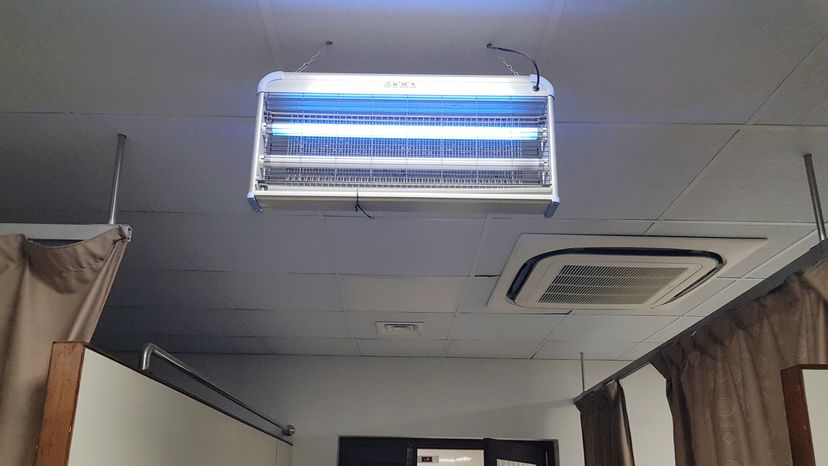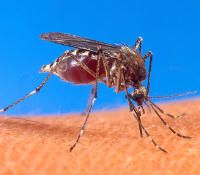
Bug zappers can certainly be used indoors - in fact, that's one of their main uses. Chemical bug zappers, which lure bugs with harmful chemicals, are generally used outdoors to minimize contact with children or pets. However, bug zappers that attract insects with ultraviolet light draw little electricity, are fairly inconspicuous (aside from the electric crackle when a bug is zapped), and can be used indoors or outdoors. Some look like lanterns, some resemble little heaters, some run on batteries, and some can be plugged into a wall outlet. Some zappers come with a removable tray that catches the remnants of zapped bugs; you should just empty this into the garbage now and then.
Other bug zapping devices include handheld bug zappers, which look like plastic tennis racquets. You can take these with you on a hike and use them indoors, as well. You may enjoy using it at night before retiring to make a clean sweep of your bedroom in order to rid it of mosquitoes. A handheld zapper can be recharged overnight every other week to keep it at top performance. A Stinger bug zapper, meant for indoor use, uses a 40-watt bulb and has bare electrical wiring to kill insects. This wiring comes with a non-electrified grill around it so pets don't get zapped.
Advertisement
If you're looking for a bug zapper without the zapping noise, the PV-75A Power Vac is a good choice. It comes with an octenol mosquito attractant and uses vacuum action to suck those bugs into an inner chamber from which they can't escape. It takes a few pennies-worth a day of electricity to run and it quietly sits on a desk or shelf, efficiently doing its job. All bug zappers should be kept away from water.

